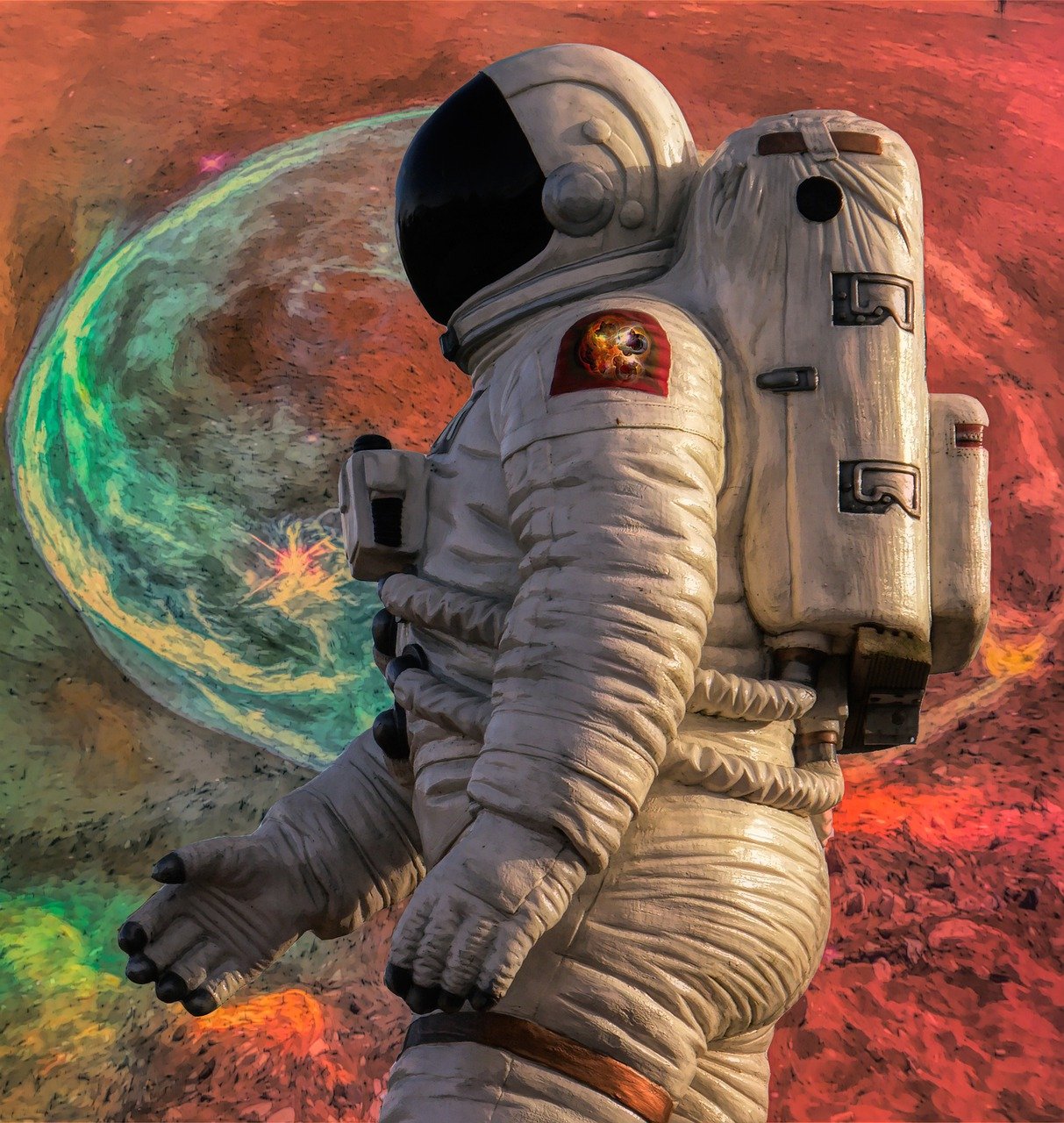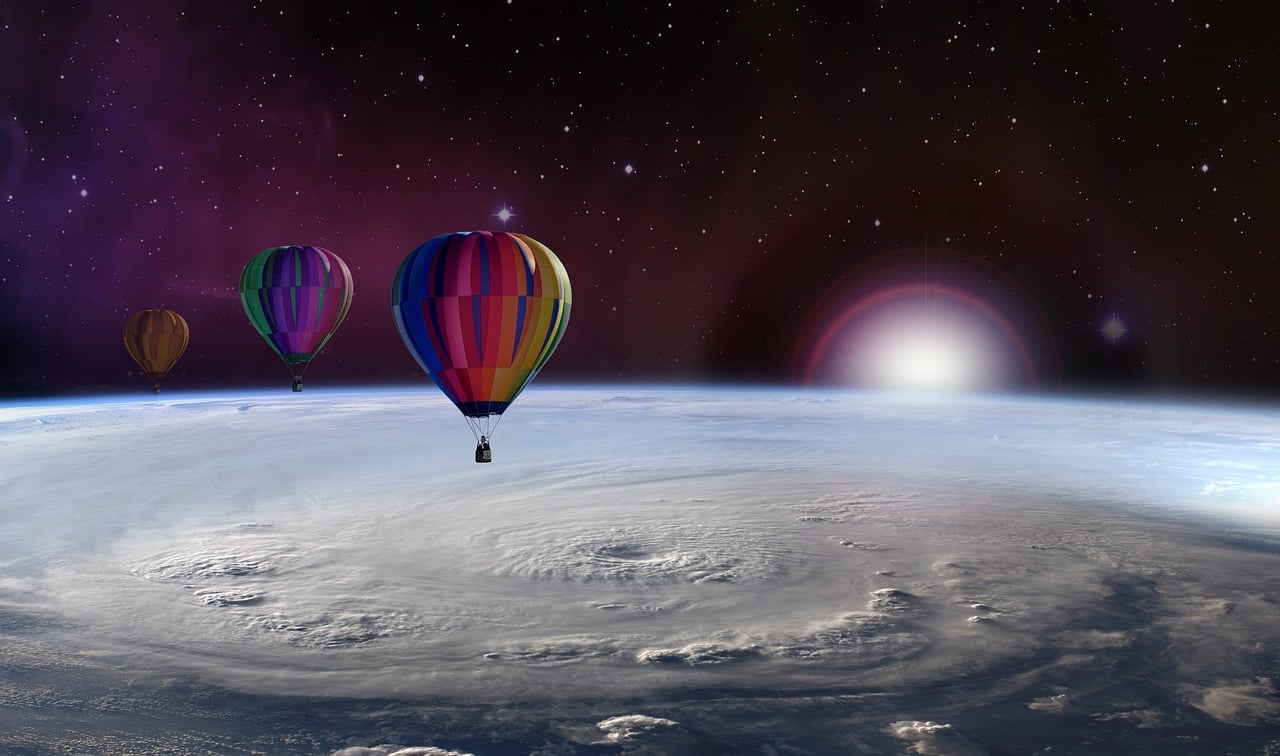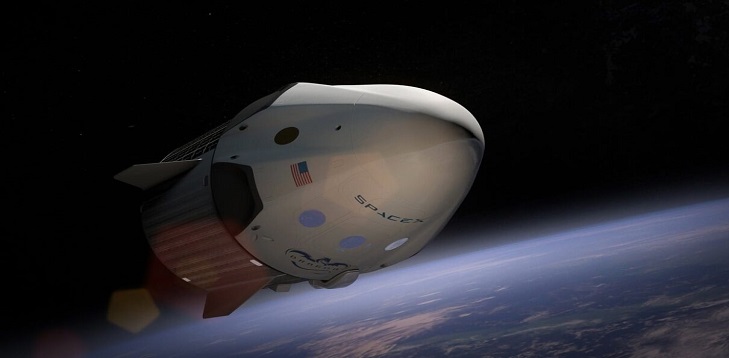 The desire for knowledge and discovery has long been encouraged in India, a nation with a rich historical background and cultural legacy. ISRO, or the Indian Space Research Organization, has been at the forefront of scientific developments, driving the nation to new heights in space exploration. This is in keeping with the mission of the organization. Chandrayaan-3 is one of the most anticipated missions of the Indian Space Research Organization (ISRO). It is a follow-up to the very successful Chandrayaan-2 mission and will attempt to further solve the secrets of the lunar surface. We go into the fascinating specifics of Chandrayaan-3 and its relevance in India’s ongoing efforts and today’s (14 July) launch in space exploration in this post on our blog.
The desire for knowledge and discovery has long been encouraged in India, a nation with a rich historical background and cultural legacy. ISRO, or the Indian Space Research Organization, has been at the forefront of scientific developments, driving the nation to new heights in space exploration. This is in keeping with the mission of the organization. Chandrayaan-3 is one of the most anticipated missions of the Indian Space Research Organization (ISRO). It is a follow-up to the very successful Chandrayaan-2 mission and will attempt to further solve the secrets of the lunar surface. We go into the fascinating specifics of Chandrayaan-3 and its relevance in India’s ongoing efforts and today’s (14 July) launch in space exploration in this post on our blog.
ISRO and the Chandrayaan-3 Mission
The main national space organization of India is called ISRO, or Indian Space Research Organization. It has been praised for its technological advancements and scholarly work and has been instrumental in India’s space exploration efforts. ISRO has improved the nation’s capacity for satellite launches and research missions while continually pushing the frontiers of space exploration. After Chandrayaan-1 and Chandrayaan-2’s successes, ISRO is currently focusing on the eagerly awaited Chandrayaan-3 project. India’s first lunar exploration mission, Chandrayaan-1, was launched in 2008 and accomplished many noteworthy feats, including the detection of water molecules on the lunar surface.
Chandrayaan-2, which was launched in 2019, sought to send a lunar lander and rover to the Moon’s surface in order to build on this success. Despite significant difficulties during the landing phase, the mission nonetheless showed India’s technological might and gave useful information and photos of the Moon’s surface. Chandrayaan-3 is part of ISRO’s ongoing effort to make scientific discoveries and strengthen India’s moon exploration capabilities. It is anticipated that the mission will make use of the information gathered from its forerunners and integrate enhancements and alterations based on those experiences.
ISRO is improving its technologies and scientific equipment through the use of Chandrayaan-3. Additionally, the organization will be able to improve its mission planning and execution. Chandrayaan-3 aims to accomplish several different things with its mission. One of the key objectives is to provide comprehensive photographs and data in order to better understand the topography, geological characteristics, and possible resources of the Moon. This will be accomplished by mapping the lunar surface with increased precision. This detailed mapping will reveal important new insights into the history of the Moon’s evolution and how it is connected to the geological development of Earth.
An additional essential goal of Chandrayaan-3 is to investigate the elemental make-up of the moon’s surface. In order for scientists to have a more in-depth understanding of the geology of the Moon and how it compares to or differs from that of Earth, they must first investigate the distribution and quantity of various minerals. These discoveries might aid in our comprehension of the processes that led to the development of the moon and provide answers to basic puzzles about how our solar system came to be.
In addition to this, Chandrayaan-3 will make it easier to put cutting-edge scientific instruments and equipment on the lunar surface, which will make it possible to perform experiments there and collect data. studies like these will concentrate on many characteristics, such as researching the presence of water ice, inspecting the lunar regolith (the layer of loose material covering the solid bedrock), and assessing the atmosphere of the Moon. The information gathered from these studies will give essential insights into the environment of the Moon and its potential for enabling future human exploration and the usage of its resources.

The Chandrayaan-3 project from ISRO exemplifies India’s dedication to enhancing its technical prowess, scientific know-how, and presence in the world of space exploration. It emphasizes India’s efforts to contribute to the larger scientific community and demonstrates the country’s commitment to take a leading role in lunar exploration. To guarantee the success of Chandrayaan-3, ISRO has been carrying out extensive testing and simulations. In order to solve the difficulties encountered during the landing phase of the last mission, the agency is improving the lander and rover systems’ design and operation. This careful approach shows how committed ISRO is to fixing old problems and enhancing the dependability and effectiveness of its spacecraft.
ISRO: India’s Technological Marvel
In the run-up to the much-awaited Chandrayaan-3 mission, ISRO, which is renowned for its rigorous planning and preparation, is doing all possible. ISRO is taking all essential steps to achieve a successful lunar landing and complete the mission’s goals out of a strong commitment to assuring mission success. Although a specific launch date for Chandrayaan-3 has not yet been revealed, ISRO’s consistent commitment to meticulous testing and verification highlights its dedication to accuracy and dependability.
Getting ready for the Chandrayaan-3 mission required going through a number of rigorous processes, the purpose of which was to guarantee that every aspect of the mission had been rigorously tested and confirmed. The team of scientists and engineers at ISRO is working very hard to solve and learn from the issues that were faced during the Chandrayaan-2 mission, particularly with respect to the landing phase. ISRO is making upgrades and tweaks to boost the reliability of Chandrayaan-3 and increase the likelihood that it will be successful. This is done by carefully reviewing the data from the previous mission and by conducting extensive simulations.
The spacecraft, lander, and rover systems for this mission are currently undergoing thorough testing to validate their functioning, durability, and capacity to operate in the challenging environment of the moon. Propulsion systems, guidance and navigation systems, and communication systems are just some of the many subsystems that are undergoing in-depth analysis to guarantee the highest possible level of functionality. In order to simulate the harsh environments that are seen in space, the spacecraft and all of its equipment are currently undergoing testing in a vacuum and at high temperatures. This is done to guarantee that the spacecraft and all of its components will be able to operate without any problems.
In addition, the Indian Space Research Organization is working together with other well-known organizations on a national and worldwide scale in order to benefit from their knowledge and resources throughout the preparatory phase. The mission’s overall preparation is improved as a result of such collaborations since they promote the exchange of information, technical cooperation, and the exchange of best practices. The intent of the Indian Space Research Organization (ISRO) to attain the greatest possible levels of mission success is what drives the organization’s dedication to careful planning and preparation. Detailed study and testing are now being carried out on every aspect of the operation, beginning with the selection of the launch vehicle and continuing all the way to the integration of the payload. This technique not only decreases the risk that the mission will be unsuccessful, but it also ensures that Chandrayaan-3 will return accurate and helpful scientific data after the successful end of the mission.
ISRO hopes to inspire trust in the success of the mission among the scientific community as well as the general public by adhering to tight quality control standards and undertaking testing with painstaking attention to detail. The agency’s everlasting dedication to space exploration and its determination to accomplish India’s objective of becoming a key player in the global space arena is shown by its unflinching adherence to a rigorous launch readiness schedule.
India’s Cultural Heritage and Sanskrit Influence
India’s deep cultural history and deep knowledge have made a lasting mark on many areas of knowledge, including science and space travel. The name of ISRO‘s moon mission, Chandrayaan, shows how India’s cultural history has shaped them. The name comes from Sanskrit, which is one of the oldest languages in the world.
The word “Chandra,” which originates from the Sanskrit language, translates to “Moon” in English. The Moon is an alluring celestial body that has captivated humankind for a very long time. We have always been drawn to it. ISRO adopted the name “Yaan,” which has the dual meanings of “vehicle” and “trip,” to represent the adventurous journey that it intends to take with its lunar missions since “Yaan” has both of these meanings. The use of Sanskrit nomenclature for the titles of these missions is both a reflection of India’s continued obsession with the heavenly realm as well as a gesture to India’s long-standing heritage of esoteric study. This practice dates back centuries in India.

Because of its extremely long history, the Sanskrit language holds a tremendous cultural importance in India. It has had an impact on a broad variety of academic subjects, including as astronomy, mathematics, philosophy, and literature, amongst others. The Vedas and the Puranas are two examples of India’s ancient writings that contain information that can be accessible via the usage of the Sanskrit language. These books are famous for their in-depth understanding of astronomy, which can be reached by reading the Vedas and the Puranas. The construction of this bridge has several positive implications for space travel.
Not only the use of Sanskrit does terminology in the titles of ISRO’s lunar missions exhibits India’s cultural history, but it also serves as a reminder of India’s historical contributions to the science of astronomy. ISRO is an acronym that stands for the Indian Space Research Organization. Ancient Indian intellectuals made incredible strides in the field of astronomy, establishing intricate mathematical frameworks as well as astronomical ideas. Indian writings investigated ideas such as the heliocentric model of the solar system, the computation of planetary Spaces, and the measuring of astronomical distances millennia before these ideas were rediscovered in the Western world.
ISRO honors India’s rich cultural history and helps to cultivate a feeling of national pride by using Sanskrit language in its space exploration endeavors. It underlines the continuity of knowledge as well as the country’s devotion to scientific advancement while also recognizing the enormous effect that India’s ancient wisdom has had on current scientific endeavours. The usage of Sanskrit names also functions as a bridge between the contemporary scientific community and the everlasting cultural traditions of India.
Launch Date
The Chandrayaan-3 mission is being methodically planned by ISRO, with the goal of ensuring that all of the essential precautions are followed to make a successful lunar landing. Despite the fact that an official launch date has not been disclosed as of yet, the Indian Space Research Organization (ISRO) is nonetheless dedicated to ensuring that all parts of the mission are exhaustively tested and confirmed before to its launch. The Indian Space Research Organization (ISRO) is going to make its second effort to land a spacecraft on the moon, and they are starting the process today (July 14) by launching Chandrayaan-3 into Space.
The lander and rover that were part of Chandrayaan-2 both ended up crashing on the surface of the moon earlier in 2019. This was caused by issues that had arisen during the last stage of the descent. Should India be able to complete this mission with a successful “soft” landing, the country would join the ranks of the United States, Russia, and China as the only other nations to have accomplished this feat.

The Chandrayaan-3 spacecraft exemplifies India’s constant dedication to expanding the horizons of scientific research and technological advancement. ISRO is planning to make substantial steps in solving the mysteries of the Moon with its impending launch. These strides, together with improving our grasp of the universe, will hopefully inspire future generations of scientists and scholars. India continues to shine as a light of scientific development and exhibits the strength of human curiosity to reach new frontiers in space with the Chandrayaan-3 mission. Chandrayaan-3 was launched in 2007.
FAQs
Q: What is the Chandrayaan-3 mission?
A: Chandrayaan-3, the third lunar mission overall for the Indian Space Research Organization (ISRO), is part of the organization’s ongoing exploration of the moon. The major goal of the Chandrayaan-3 mission, which is a continuation of the successful Chandrayaan-2 project, is to continue investigating the lunar surface.
Q: How does Chandrayaan-3 differ from its predecessors, Chandrayaan-1 and Chandrayaan-2?
A: Chandrayaan-3 adds to the understanding acquired from Chandrayaan-1 and Chandrayaan-2 as well as the discoveries made by those missions. It includes improvements and modifications based on previous mission experiences, with a focus on resolving problems that arose during the landing phase of the Chandrayaan-2 mission.
Q: What are the potential scientific discoveries that could arise from the Chandrayaan-3 mission?
A: It’s conceivable that Chandrayaan-3 may provide important new information about the geology, mineral composition, water resources, and connection between the Moon and Earth’s geological past. The mission’s goal is to gather crucial data and fresh insights that might further our understanding of the moon’s creation as well as the more general processes that shape our solar system.
Q: Will Chandrayaan-3 contribute to future human space exploration efforts?
A: The observations and data collected by Chandrayaan-3 will, without a doubt, be extremely helpful in the preparation of future human space travel, notably on the Moon. The mission will assist in the formulation of strategies and technologies essential for prolonged human presence on the moon as well as the usage of its resources by conducting research into the lunar environment, possible resources, and the obstacles faced by long-duration missions.
Q: How does the Chandrayaan-3 mission showcase India’s cultural heritage?
A: Sanskrit is an ancient language that was spoken in India and is where the word “Chandrayaan” originates from. The usage of Sanskrit language is a way to show respect for India’s rich cultural history while also drawing attention to the profound relationship that India has with its linguistic and historical past.

